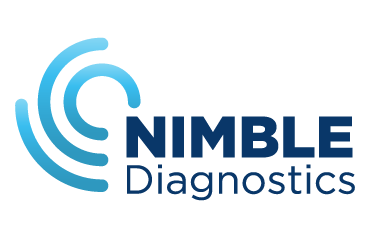Descripció del projecte
This research project is focused on the development of the NIMBLE System (medical device) for the early identification of structural and pathological issues with implanted stents in cardiovascular patients.
Our technology is based on Microwave Interferometry (MWI), a frequency scanning procedure. Stents have a metallic structure with a characteristic electromagnetic resonance that can be detected in real-time by MWI, either by placing a probe or two antennas on the patient’s skin (painless, non-invasive procedure). The analysis of the scattered radiation provides information on two main parameters: 1) The stent environment: intimal hyperplasia, stent restenosis, positive remodeling of the blood vessel wall, and stent malposition; 2) Stent geometry: stent fracture or elastic recoil. This information makes it possible to accurately measure and quantify stent malfunction non-invasively, allowing for regular patient monitoring and follow up over time. By correlating variations in the signal with clinical outcomes, we can extract valuable insights. The readouts per implanted stent last less than 5 seconds and are painless for the patient.
We have developed a 1st prototype (alpha) that has been validated in pre-clinical models (pigs; n=15) and has helped us identify potential improvements before performing the first-in-human pilot study, expected to start in March 2024.
The PhD candidate will participate in three distinct development activities of our technology:
– Mechanical and software development: These activities include 1) the study and refinement of the antennae design to improve the connections to the device and its industrialization; 2) The participation on the design and manufacturing strategy of the device with the external manufacturer; and 3) the design and development of the local software (app) capabilities and the cloud webapp synchronized with the device.
– Postprocessing algorithm: To work on the continuous development of the MWI signal-processing algorithm (coding in Matlab/C++/Python) to improve signal captures, time of processing, correlation with clinical outcomes, cleaning and isolation of signals in patients with more than 1 stent or other metallic implants, etc.
-Pre-clinical validations: Even though we have already validate in animal models the first use-case of our technology (patients with 1 implanted stent in a coronary artery), we still have many further validations to perform. Some of these tasks will include, 1) validation in patients with more than 1 stent implanted or other metallic implants – pacemakers, valves- that may interfere with the signal; 2) Test and validation of stents implanted in other organs (femoral or carotid, neurovascular, renal, pulmonary, etc); 3) Test and validation of the technology for detecting problems in other types of metallic implants (valves, sensors, prostheses, etc.); or 4) validation of the technology for industrial QC processes (automation of QC in the manufacturing of stents).
Additionally, the PhD candidate will be supported in the pursue of novel applications or ideas that can help improve the device itself or the application of the technology, empowering the student and facilitating entrepreneurship.



